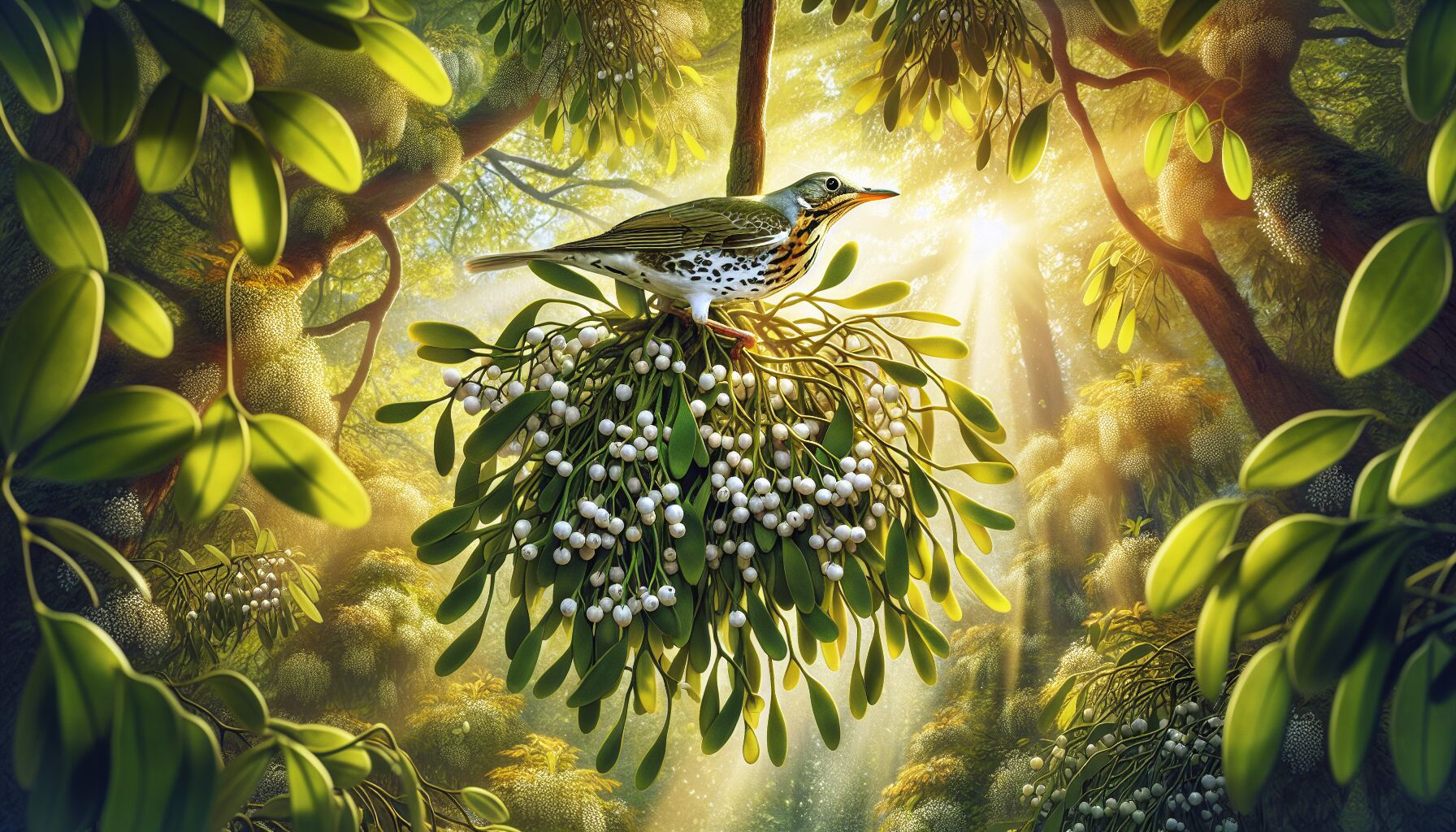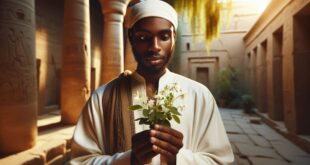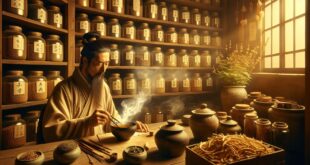 Mistletoe isn’t just the festive green that hangs overhead during the holidays, coaxing a kiss or two under its leafy allure. Its role in ancient medicine dates back centuries and spans across cultures, from the Celts to the Greeks, who revered it as a plant imbued with healing powers. Ever wonder why the druids held it in such high esteem? This isn’t just whimsy—it’s because mistletoe was often seen as a bridge between the earthly and the divine, a connection to something greater.
Mistletoe isn’t just the festive green that hangs overhead during the holidays, coaxing a kiss or two under its leafy allure. Its role in ancient medicine dates back centuries and spans across cultures, from the Celts to the Greeks, who revered it as a plant imbued with healing powers. Ever wonder why the druids held it in such high esteem? This isn’t just whimsy—it’s because mistletoe was often seen as a bridge between the earthly and the divine, a connection to something greater.
In these times, it was believed to possess protective qualities, used as a talisman against evil and as a cure-all for myriad ailments. Picture this: a sick child in the Scandinavian cold being treated with mistletoe as part of a holistic approach to wellness. The Celts used it in ceremonial rites, considering it sacred, particularly when it sprouted on oak trees, their symbolic icons of strength. Such reverence suggests more than just folklore; there’s an echo of deep spiritual and practical understanding in its uses.
But what does this mean in terms of practical, grounded application? Mistletoe was historically used to treat conditions ranging from epilepsy to infertility—but it wasn’t seen as a magical cure. It was part of a broader fabric of immune support and balance within the body’s systems. The Greeks saw it as a remedy to be respected, but not misunderstood as a standalone miracle worker. This mirrors today’s approach to holistic health, where synergy is key.
So, why does this historical knowledge matter now? Well, it reminds us to look beyond the obvious, to a time when nature held answers and hints for health solutions we might overlook today. Understanding these historical uses provides insight, a lens through which we can see the interconnectedness of plants and healing practices that have stood the test of time. It’s not just about what mistletoe did in the past but what it symbolizes—a reminder that sometimes the simplest natural elements carry profound wisdom. As Ralph Waldo Emerson once noted, “The creation of a thousand forests is in one acorn.” The same could be said for mistletoe—its potential rooted not only in legend but in lived experience.
Health benefits of mistletoe extract
Stepping away from mistletoe’s mystical allure and into the realm of the tangible, we delve into its modern health applications. You might be surprised to learn that this unassuming plant has become a focal point of scientific interest, particularly in the realm of cancer treatment. Surprised? Don’t be. Ancient medicine often hides in plain sight, waiting for modern science to catch up.
The active compounds in mistletoe extracts, particularly viscotoxin and lectins, have been studied for their ability to enhance the immune system. Think of them as little helpers boosting your immune support, a welcome benefactor in an era where environmental stressors seem endless. According to studies, mistletoe can improve the quality of life and possibly extend survival in cancer patients when used alongside conventional treatments. Now, doesn’t that make you marvel at the harmony between tradition and science?
“The physician should not treat the disease but the patient who is suffering from it.” — Maimonides
Let’s consider the daily impact. Regular use of mistletoe extract could mean fewer sick days and more energy. But here’s the thing: it’s not just about staving off physical ailments. Mistletoe is believed to balance bodily functions and promote a sense of well-being, adding a spring to your step and perhaps a touch of optimism even on the dreariest of days. It’s about finding equilibrium—something the ancient healers might call living in harmony.
And, of course, it’s not just folk tales and speculation. The work of various researchers, as documented on platforms like the NCBI, shows empirical support for mistletoe’s benefits. Talk about an ancient method adapting to the modern age, right? This isn’t just about medical charts and graphs but about a fundamental truth: the past often knows more than we give it credit for.
Nevertheless, it’s not all roses and sunshine. Mistletoe therapy isn’t for everyone, and caution is essential, especially if self-medicating. As always, it’s wise to consult a healthcare practitioner before jumping in with both feet. After all, nature’s remedies, as potent as they are, deserve respect and understanding. Embracing mistletoe isn’t just an homage to the ancients; it’s a reflection of trust in the interconnected web of life, where even a simple plant can weave threads of wellness across time.
Ecological importance of mistletoe
 Mistletoe — it’s more than just the festive greens we string up during the holiday season. Turns out, this humble plant plays a vital role in our ecosystems, too. Think of mistletoe as less of a plant and more of a full-time environmental assistant, helping maintain biodiversity in some pretty fascinating ways.
Mistletoe — it’s more than just the festive greens we string up during the holiday season. Turns out, this humble plant plays a vital role in our ecosystems, too. Think of mistletoe as less of a plant and more of a full-time environmental assistant, helping maintain biodiversity in some pretty fascinating ways.
For starters, mistletoe acts as a keystone species, meaning it has a disproportionately large effect on its environment relative to its abundance. It grows high in the trees, where its white berries attract birds like the mistle thrush—aptly named, don’t you think? These birds help spread mistletoe seeds as they feast and, in turn, balance the web of life by pollinating other plants and controlling insect populations. It’s nature’s circle of life in action.
Beyond that, mistletoe provides essential nesting sites and food sources for countless critters. It’s like a cozy Airbnb in the forest canopy, offering rest and sustenance to diverse creatures, from squirrels to butterflies. And though considered semi-parasitic, mistletoe doesn’t kill its host trees; rather, it maintains equilibrium by ensuring the forest doesn’t grow too dense and stifling.
Meanwhile, as those berries drop and decompose, they enrich the soil. It’s a subtle nutrient cycle—almost like creating a continuous compost bin in your backyard, quietly supporting yet unseen by the casual observer.
The beauty of mistletoe is that it works collectively, echoing long-standing traditions of ancient medicine by emphasizing balance and cooperation with nature’s rhythms. You see, this isn’t about a lone hero swooping in to save the day. Instead, it’s about integration and connectivity. Or as poet John Muir once put it, “When one tugs at a single thing in nature, he finds it attached to the rest of the world.”
In modern terms, mistletoe reminds us of the invisible threads that connect life, weaving a tapestry richer than what appears at first glance. It calls for a moment of pause, urging us to observe and engage with the natural world, striking a balance infused with respect and reverence.
So next time you wander through a forest or pass by a tree crowned with mistletoe, remember its subtle yet pivotal role. It’s a living testament to harmony, resilience, and the profound, unseen connections that sustain life as we know it. Not just an ornament, but a lesson written in leaves and branches, asking us to look closely and listen carefully to the quiet wisdom it carries.
 DS Haven In Light Of Things
DS Haven In Light Of Things






